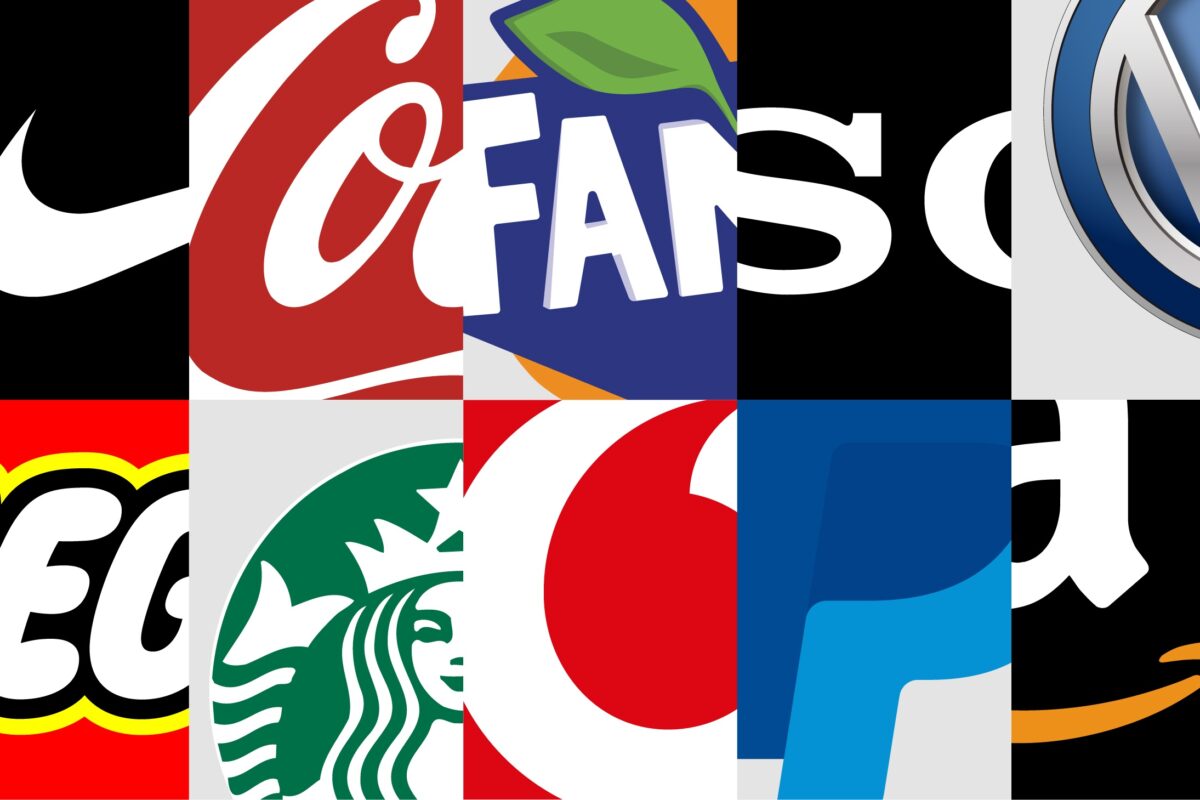In today’s world, name changes are rare. The time, cost and complexity of moving to a new brand name makes it something to avoid if possible.
That was the mindset we had when looking at the brand portfolio created by the merger of Tilney and Smith & Williamson into Tilney Smith & Williamson, the U.K.’s largest integrated wealth management and professional services business. The merger resulted in a new corporate brand, Tilney Smith & Williamson, supported by 3 client-facing brands:
- Tilney, a brand that operates in wealth management
- Smith & Williamson, a brand that operates in wealth management and accountancy
- Bestinvest, an online do-it-yourself investment platform
Given the cost inefficiencies of running multiple brands, we were keen to understand how many brands to retain in the portfolio and what they should be, with the aim of retaining the status quo where possible.
Based on this experience, today on Branding Strategy Insider, we outline:
- When to consider merging multiple brands into one brand
- When to consider moving to a new brand name
- How to find a strong new name
- How to get organizational buy-in
When To Consider Merging Multiple Brands Into One Brand
The first question we asked was ‘How many brands should Tilney Smith & Williamson retain?’
It’s valuable to retain multiple brands when they attract different types of clients. For example, Lloyds Banking Group owns both Lloyds Bank and Halifax – positioning Lloyds Bank as a bank for more financially confident customers who want to spend time thinking through options, and Halifax for people who want to keep their finances simple. Conversely, if two or more brands attract a similar type of client, then using multiple brands to attract them is inefficient.
So, we commissioned a qualitative and quantitative market research study to understand how similar the 3 client-facing brands were.
The research showed that Tilney and Smith & Williamson clients have very similar needs, with both valuing the personalized service that Tilney and Smith & Williamson offer. So, given they are both attracting the same type of client, it would be inefficient to retain and run both brands separately.
By merging all of brands into one, Tilney Smith & Williamson could also offer all clients the best of both legacy companies, specifically its comprehensive and integrated Wealth Management and Professional Services offering as well as access to the group’s offices in 27 towns and cities. Additionally, this would result in a more seamless colleague and client day-to-day experience, and the ability to create a stronger external brand presence.
Conversely, Bestinvest clients have very different needs. They are confident about making their own financial decisions and buying online – and value having their own brand that signals this.
So, the Executive team and Board agreed to:
- Merge Tilney and Smith & Williamson into one brand, given the similarity of their clients.
- Retain Bestinvest as a separate sub-brand, signalling the distinctiveness of this proposition to those clients who might like it, while still operating within the masterbrand stable.
When To Consider Moving To A New Brand Name
Given it made sense to move the Tilney and Smith & Williamson brands into one brand, the next question we asked was ‘What brand name should it be?”.
On the one hand, it is generally recommended that companies retain an existing brand name when possible, given the time and resources needed to set up a new brand and build equity in the marketplace. On the other hand, it’s preferable to have a name that supports the brand proposition – in this case, the friendly and approachable, personalized service that both sets of clients value.
So, in the market research, we also assessed how strong each of the Tilney and Smith & Williamson brands were in terms of awareness and image, with the aim of moving to whichever was strongest.
The quantitative market research confirmed that both Tilney and Smith & Williamson brands enjoy strong service reputations, but neither was well-known – which wasn’t surprising given the nature of the face-to-face, service-driven business these brands operate in.
The qualitative market research also showed that the Tilney and Smith & Williamson brands were well-liked by their legacy colleagues and clients. But, if either was used as the brand for the whole business, then it would most likely disenfranchise the sizeable number of colleagues and clients who had come from the other company – i.e., it would seem like a takeover.
So, frustratingly, neither of the existing individual brands was a strong viable option.
Another option was to move to the long corporate name, Tilney Smith & Williamson. But, in 2021, it became clear that the length of the corporate name made it difficult to control in the media and use day-to-day – especially in the digital medium – and the corporate nature of the name is dissonant with the friendly and approachable, personalized service the company is valued for.
So, after much debate and overcoming initial reticence, the decision was made to search for a new name that could support Tilney Smith & Williamson’s service proposition, and all colleagues and clients could feel part of and get behind.
Finding A Strong New Name
We knew that we needed to find a bold, fresh name to support the bold ambition of the business.
So, we set ourselves a demanding list of naming criteria. From a practical perspective, it had to be short, memorable, and work well across the whole business. From an emotional perspective, it had to be as authentic as Tilney and Smith & Williamson’s longstanding heritage of almost 200 years, and as personal as its high-end service.
We looked for possible new brand names using 2 sources of inspiration:
- Company purpose and values: Is there a name that supports ‘placing the power of good advice in more hands’ and our values of ‘personal’, ‘partnership’ and ‘performance’?
- The brands legacies: Is there something in their histories that could be used?
Finding strong new names today can be challenging given that many have already been taken. But after three rounds of name generation and a round of internal naming research we found a name that met our demanding criteria list, Evelyn Partners.
Evelyn is inspired by a particularly meaningful event in the company’s rich history. It is named after Evelyn Gardens, the London address that one of the original founders moved to in 1893 when expanding the business from a regional Scottish one into a U.K.-wide one.
But not only does the name have an ownable historical connection, it also supports the brand proposition of delivering a friendly and approachable, personalized service to all. Both a surname and a first name, Evelyn is warm and approachable, timeless yet contemporary, and short and easy to remember. Importantly, by using a real name, we wanted to stay true to one of our core values – ‘Personal: We treat you as an individual’.
We combined this with Partners to convey the company’s commitment to building long-term, valued relationships with its clients, bringing another of our core values into the name – ‘Partnership: We go further together’.
So, after much discussion, our Executive team and Board approved our recommendation to rebrand to Evelyn Partners – an ownable name that supports our friendly and approachable service reputation, our distinctive wealth management and professional services offering, and our purpose and values. And, importantly, a name that every colleague and client can get behind and be proud of.
Getting Organizational Buy-In
Before we announced the name externally, we shared the case for change and the new name with a large number of colleagues to get their buy-in. We were initially nervous about doing this due to the risk of a leak. But, in an industry where personal relationships with clients are so critical, we wanted to give client-facing colleagues time to process the change ahead of the client conversations they would need to have shortly after the announcement.
To win over colleagues’ hearts as well as their minds, we focused on 5 messages.
Firstly, the aspiration to create a much-loved business and brand that is known for delivering friendly and approachable, personalized service to all clients, and the need for a name that reflects this.
Secondly, the rationale on why we needed to move to one brand, why each of the existing names wouldn’t work and why Evelyn Partners was a strong name – using the market research data and interview quotes to convey a clear, factual case for change.
Thirdly, demonstrating how the new brand would be brought to life in a visually distinctive, contemporary, eye-catching way.
Fourthly, the many colleague and client benefits of moving to one brand including:
- For clients, being able to offer them the best of everything we do
- For colleagues, the move to one company, with everyone delivering the same vision in a much more streamlined and seamless way, under a brand name everyone can get behind and be proud of – and importantly the short email address everyone very much wanted: evelyn.com.
Fifthly, reassurance that everything else would stay the same for clients.
All of these messages were key in winning over people’s minds on why the change was needed as well as their hearts on why this was an exciting direction to take.
In Summary
In today’s world, making the case to merge brands into one brand or migrate to one new brand can be tough. It’s likely to cost incremental money that will most probably not deliver an immediate payback, and few colleagues or clients will ever endorse the move in market research.
To determine whether to merge multiple brands into one brand, assess what types of clients each brand is attracting today. If they are similar, it is inefficient to go to market with multiple brands.
If moving to one brand, retain an existing brand if feasible, given the time and resources needed to set up and build a strong new brand in the marketplace – but also one that ideally supports the brand proposition.
On those rare occasions where existing brand names are sub-optimal – in this case due to both brands being relatively weak and this being a merger of equals – you may need to find a strong new name. If so, look for inspiration in the company’s history, and its purpose and values. Ideally, the new name should be ownable, supportive of the brand proposition and resonate well.
Once the decision is made, win over colleagues’ and clients’ hearts and minds by presenting an exciting yet factual case for change, supported by the many benefits to colleagues and clients of the name change and reassurance that everything else will stay the same.
Importantly though, while external branding experts can help, strong internal ownership of the case for change, the final new name and the engagement of colleagues is key.
Projects like this are rare with people likely to only work on one at most in their career. We feel very fortunate to have worked on this one, and hope that you get the opportunity to work on something as impactful too.
Contributed to Branding Strategy Insider by: Simonetta Rigo, Group Chief Marketing Officer, Tilney Smith & Williamson and Ruth Saunders, Managing Partner, Galleon Blue
The Blake Project Can Help: The Brand Architecture Workshop
Branding Strategy Insider is a service of The Blake Project: A strategic brand consultancy specializing in Brand Research, Brand Strategy, Brand Licensing and Brand Education




